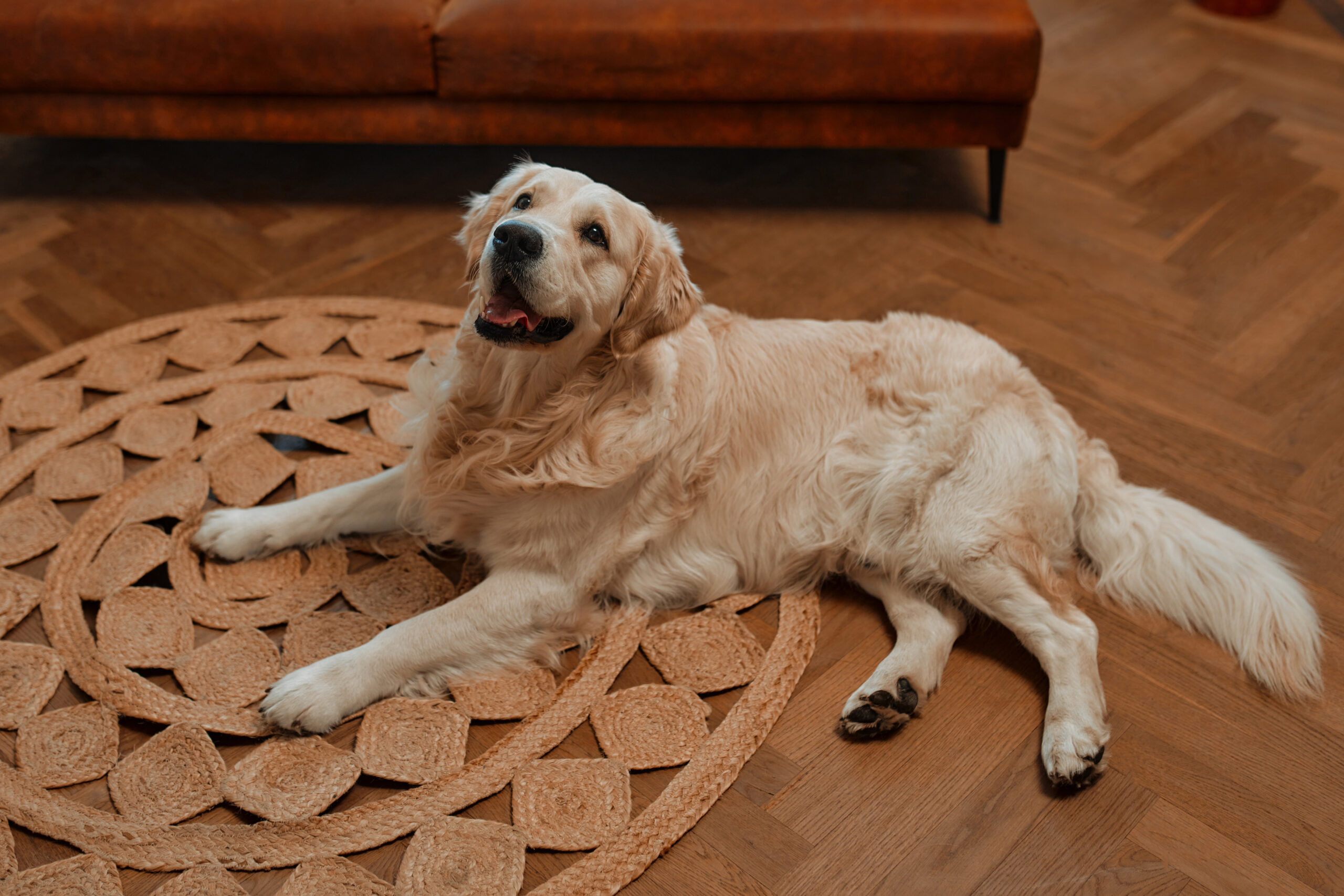To help maintain a clean and healthy environment for everyone in your household, consider using a pet vacuum with specialized features designed to address pet-related issues.
What is Pet Dander?
Pet dander is a term that refers to tiny, often microscopic, particles of skin shed by animals with fur or feathers. This includes cats, dogs, birds, rodents, and other furry pets. These particles can cause allergic reactions in both human and animal occupants in a home. They may also exacerbate existing symptoms in individuals suffering from asthma or other similar conditions.
Dander is not the same as pet hair, though they might be found together. Pet hair can be easily spotted and removed through various cleaning methods, while dander requires more targeted strategies to tackle effectively.

The Health Implications of Pet Dander
Exposure to pet dander can potentially lead to a range of health problems, especially for the millions of people worldwide who experience pet allergies. Common symptoms may entail sneezing, itching, watery eyes, congestion, and even difficulty in breathing.
While some people may only have mild reactions, others may experience severe symptoms, particularly those with asthma or compromised immune systems. As such, it is crucial to minimize pet dander exposure at home and maintain high standards of hygiene.
Does Vacuuming Remove Pet Dander?
Understanding how vacuuming works on a microscopic level can provide insights into its efficacy in removing pet dander from home surfaces, such as carpets, upholstery, and floors.
Vacuum Cleaner Specifications
Not all vacuum cleaners are created equal, and some models may perform better than others when it comes to dealing with pet dander. Here are some key features to look for when choosing a vacuum cleaner:
Filtration system: A high-quality filtration system is vital for trapping tiny dander particles. The best option would be a vacuum equipped with a High-Efficiency Particulate Air (HEPA) filter, which can capture pet dander.
Suction power: Strong suction ensures that pet dander and other debris are efficiently removed from carpets, floors, and furniture. Vacuum cleaners with adjustable suction control offer versatility since you can select the appropriate suction level depending on the task at hand.
Attachments: Look for vacuums that come with specialized attachments designed to deal with pet hair and dander, such as motorized brush heads, crevice tools, and upholstery brushes. These will allow you to reach every nook and cranny where dander accumulates.
Vacuuming Techniques
Besides having the right vacuum cleaner, utilizing the proper technique also plays a significant role in effectively eliminating pet dander. Follow these steps for optimal results:
Vacuum at a slow and steady pace, allowing the vacuum cleaner to thoroughly pick up dander and debris.
Go over the same area multiple times from different directions to ensure comprehensive coverage.
Regularly clean or replace filters as clogged filters can reduce suction power and hinder the vacuum’s ability to capture pet dander.
Empty the vacuum bag or container often to prevent overflow, which could lead to dander particles being released back into the air or onto surfaces.
Complementary Methods for Dealing with Pet Dander
While vacuuming can help remove pet dander to a significant extent, it is vital to complement this method with other strategies. Here are some additional approaches you may try:
Air purifiers: Using an air purifier with a HEPA filter can help capture airborne pet dander and allergens in your home, further reducing exposure risks.
Regular grooming: Regularly brushing and washing your pets will minimize shedding and dander production. By keeping your furry friends well-groomed, you lessen the likelihood of dander accumulating in your living space.
Washing linens and soft furnishings: Regular laundering of bedding, curtains, rugs, and upholstery will help eliminate accumulated pet dander and odors.
Damp-wiping surfaces: Use a damp cloth or mop to wipe down hard surfaces like walls, baseboards, and furniture. This helps trap dander, making it easier to clean and remove.
Vacuuming does play a crucial role in reducing and removing pet dander from your home. However, it is not a standalone solution. You must adopt a comprehensive approach that includes using a vacuum cleaner with the right specifications and technique while also implementing other cleaning methods to create a healthy living environment for both you and your pets.
